India’s fraying democracy
How that is likely to happen is the subject of this article and the one that will follow next week
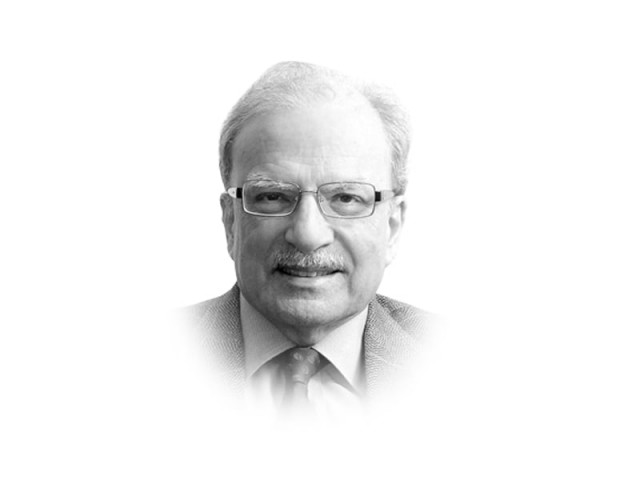
The question why India was successful in building a democratic system while Pakistan was clearly failing in this enterprise has been asked by social scientists for more than half a century. India, it appeared, had built a viable political structure, while Pakistan had been regularly buffeted by non-democratic forces and actors. India ethnically, linguistically and religiously was much more diverse than Pakistan. And yet it seemed to have evolved into a durable system which gave adequate representation to most, if not all, segments of the population.
Using the language made popular by Daron Acemoglu and James Robinson in their book, Why Nations Fail, India had built an “inclusive system of political representation” rather than that was exclusive. Exclusive systems in which the dominant role was played by one segment of the population had weaknesses to which they eventually succumbed and failed. India had an inclusive system until all at least 2014 when Narendra Modi, the current prime minister, was elected in a near landslide poll. It won again in 2019 and is most likely to win in the election due to be held in 2024.
If that happens, Modi would have governed India for fifteen years, getting close to the record set by Jawaharlal Nehru, India’s first prime minister, who was in office for 17 years until his death in 1974. Modi has brought to political prominence his political organisation, the Bhartiya Janata Party, or BJP, which now has a choke hold on the Indian political system. However, a number of recent developments — and by recently, I mean those that date back to about a decade — suggest that India is also drifting towards political chaos. It could head towards becoming a failed state.
How that is likely to happen is the subject of this article and the one that will follow next week. It often helps to look at the past to understand the present and read the future. Economists call this way of analysis “path dependence” which means that it is difficult to break from history and chart an entirely new course. I have been looking at some of the past writings in the newsmagazine, The Economist, about India to develop a feeling for how foreign watchers view the country’s current situation.
I picked at random the February 12, 2023, issue of the magazine which had a number of stories about India, analysing what was afoot as the country was holding elections in two states — Uttar Pradesh (UP) and Punjab. Both are good indictors of what is happening in India. UP is the country’s largest state. It has a large Muslim minority but is governed by a Hindu extremist member of Modi’s BJP. The chief minister’s name — Yogi Adityanath — says a lot about his political leaning. Yogi means a devout Hindu. “Just because Indian democracy is full of life, however, does not mean it is healthy,” wrote the newspaper. It focused its attention on the approach to governance of Chief Minister Yogi.
He “casts politics as a struggle to overturn the legacy of 1,000 years of Muslim invasions and return power and pride to the Hindu majority. Such talk leads to frequent discrimination and violence against Muslims and could one day fuel conflagration.” This has already begun to happen. Although Modi has been written about very favourably by western scholars and journalists, there are some who have looked in some depth at the man and what he has done to his country. Among them is Dexter Filkins who writes for The New Yorker.
His long piece that focused on Modi and his determination to put the country’s large Muslim population in a position much lower than the majority Hindus. One of his articles appeared in the magazine’s issue of December 2, 2019 under the title of “Blood and Soil in Narendra Modi’s India.” There is much I could quote from the Filkins’ article which poses issues the West generally ignores. “As a part of the Hindutva project, BJP leaders have been rewriting school textbooks across the country, erasing much of its Islamic history, including that of the Mughals, Muslim emperors who ruled India for three centuries. The BJP has changed Mughal place names to ones that are Hindu influenced.
Last year, the Mughalsarai railway station, built in central India, a century and a half ago, was renamed for Deen Dayal Upadhyaya, a right wing Hindu nationalist leader. Allahabad, a city of more than a million people, is now called Prayargarj, a Sanskrit word that describes a place of sacrifice. “In November, the old story of Ayodhya was in the news again, when India’s Supreme Court cleared the way for a Hindu temple to be constructed on the former site of Babri Masjid, built centuries ago by a Mughal Emperor. In a thousand-page decision, the Court provided no evidence that a temple had been destroyed to build the mosque, and acknowledged that the mosque had been torn down by an angry mob. Nevertheless, it handed the control of the land to the government, effectively allowing the BJP to proceed.”
Sectarianism is not the only problem UP needs to deal with. Returning to the write-up in one old issue of The Economist, “the state also packs in a disproportionate quota of despair. It seems to fester with India’s grisliest crimes, its harshest oppression by caste, sex, or faith, its most feckless politicians and its polluted environments. It has remained grindingly poor. At $991, nominal GDP per person amounts to less than half of the country’s modest average, and lower than that of any other Asian country save Afghanistan and Tajikistan.” Growing sectarianism was not the only problem the newsmagazine discovered about democracy in India. For one, elected representatives don’t spend much time doing legislative business.
In UP as well as Punjab, the elected representatives attended the formal sessions of the assemblies to which they had been elected for a week to ten days. And then there is a shocking 43 per cent of those who won seats in the national assembly election in 2019 had been charged with crimes of some sort. For some 29 per cent, the charges involved grave offences such as rape or murder. These are not indications of a robust democratic system whose leaders look to the world for appreciation and applause. That is what Modi received in the meetings he held during his recent state visit to the United States.





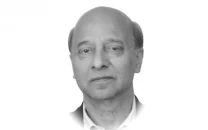


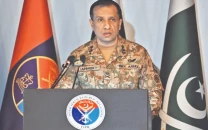
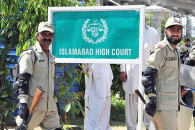
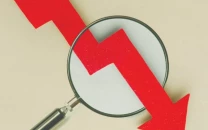
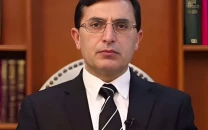


COMMENTS
Comments are moderated and generally will be posted if they are on-topic and not abusive.
For more information, please see our Comments FAQ